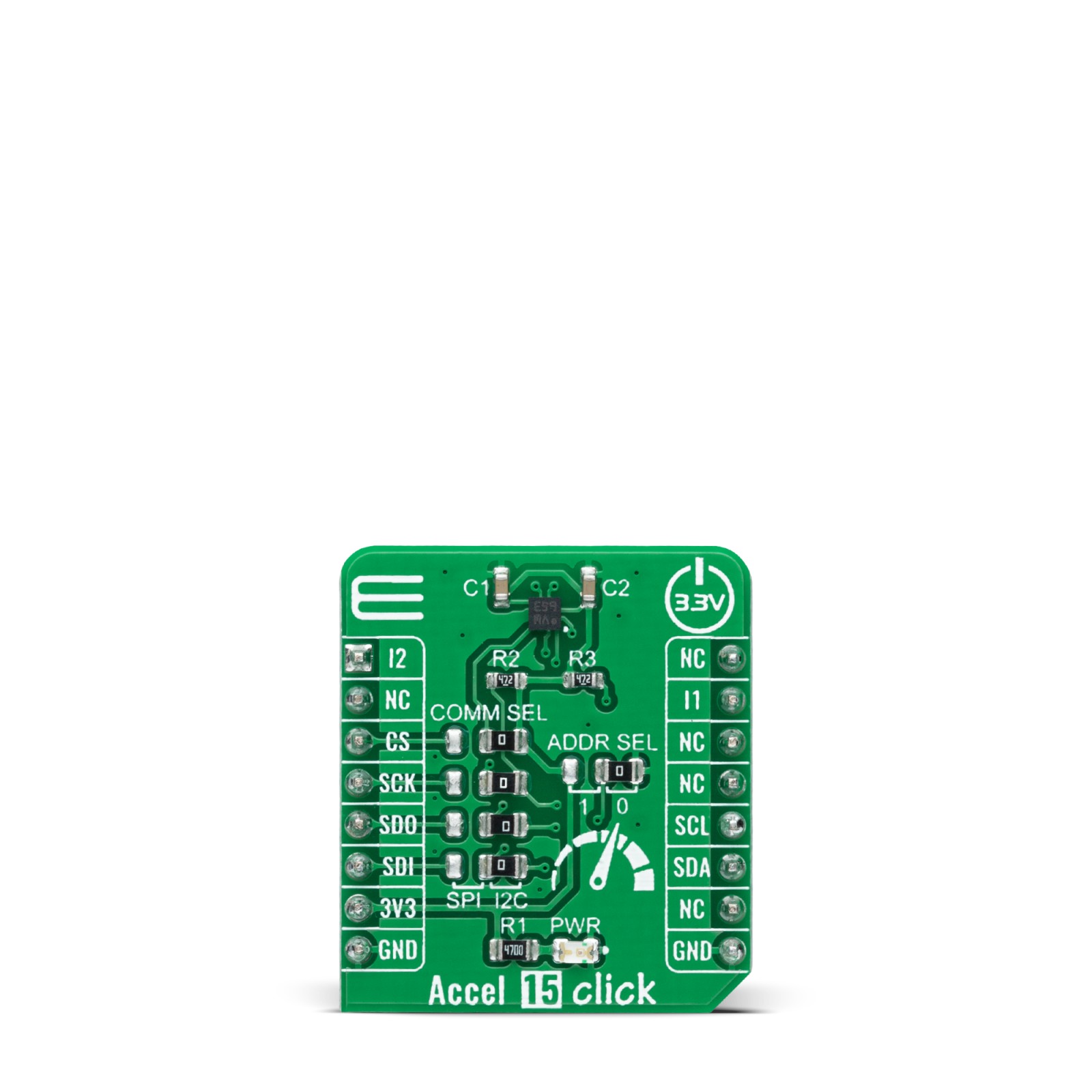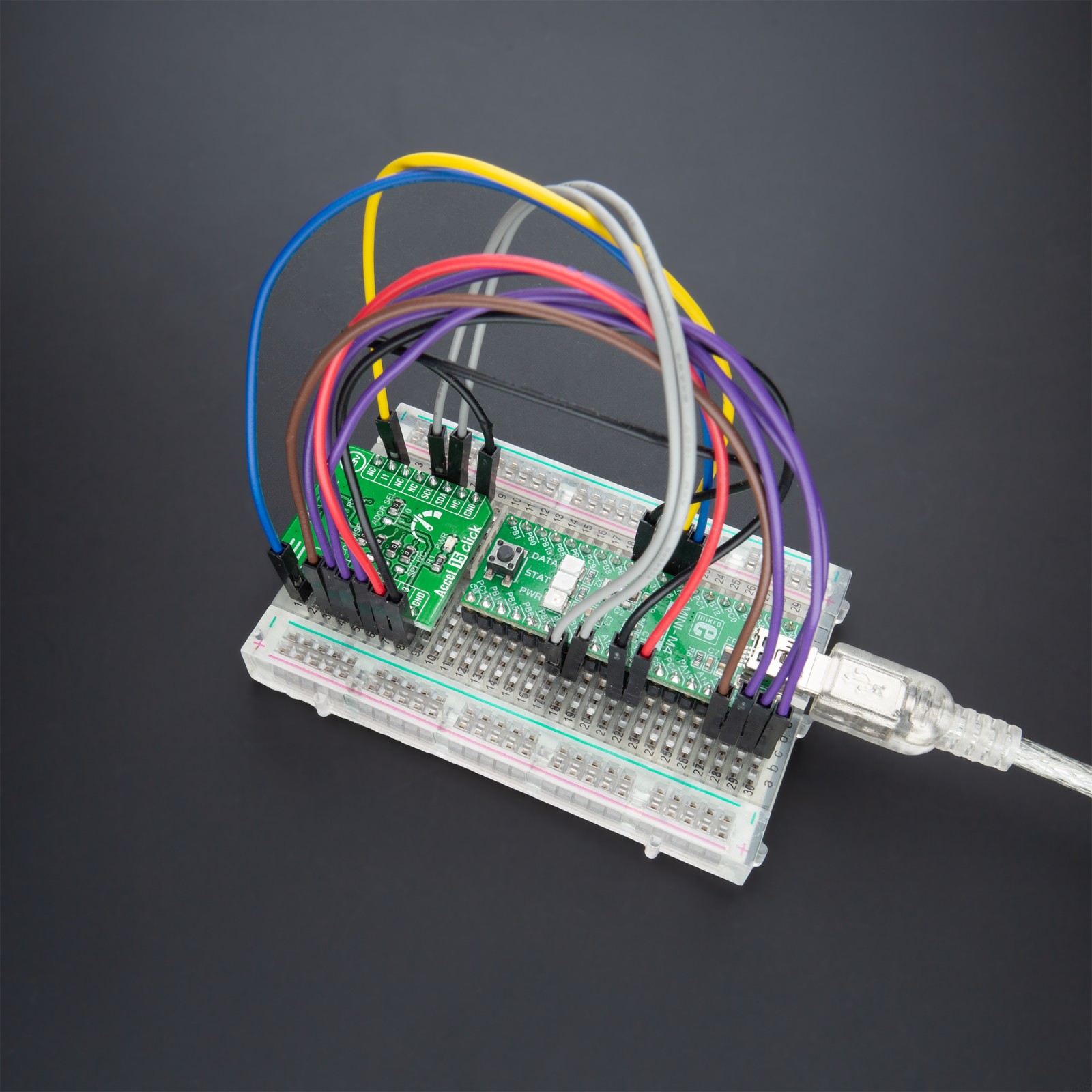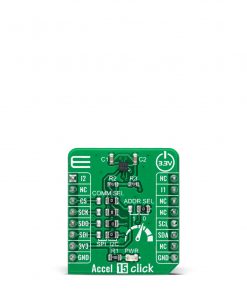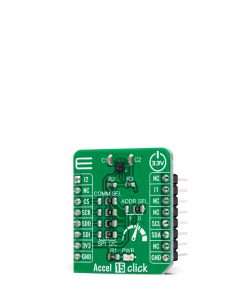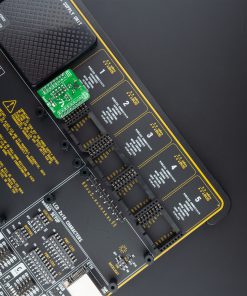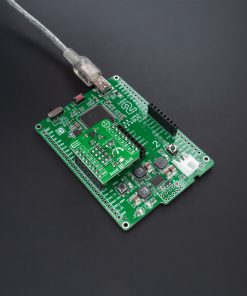Accel 15 Click
R330.00 ex. VAT
Accel 15 Click is a compact add-on board that contains a longevity acceleration sensor. This board features the BMA490L, a high-performance 16-bit digital triaxial acceleration sensor with extended availability of up to ten years from Bosch Sensortec. It allows selectable full-scale acceleration measurements in ranges of ±2g, ±4g, ±8g, and ±16g in three axes with a configurable host interface that supports both I2C and SPI serial communication and with intelligent on-chip motion-triggered interrupt features. Intelligent signal processing and evaluation in the accelerometer ASIC enables advanced gesture recognition for numerous industrial IoT applications where low power consumption is vital. This Click board™ is suitable for home appliances, power tools, and other industrial products whose lifetime is essential.
Accel 15 Click is supported by a mikroSDK compliant library, which includes functions that simplify software development. This Click board™ comes as a fully tested product, ready to be used on a system equipped with the mikroBUS™ socket.
Stock: Lead-time applicable.
| 5+ | R313.50 |
| 10+ | R297.00 |
| 15+ | R280.50 |
| 20+ | R269.94 |

